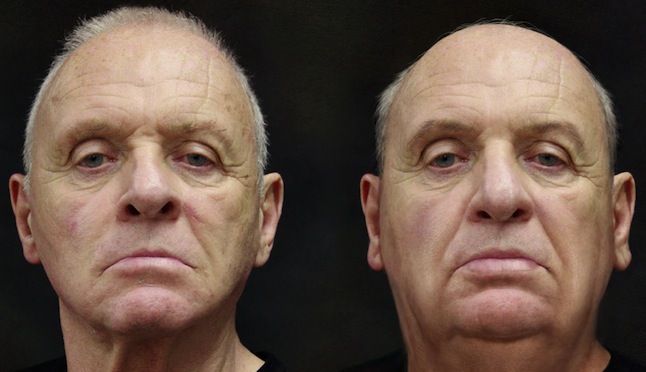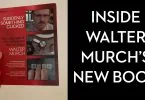Feature Film Editorial Round Up
One of the things that’s great about the online post production community is getting insights into the latest interesting feature films even before they hit the screens (in the UK at least). Here is a round up of some of the best of the web on The Life of Pi, Cloud Atlas and Hitchcock.
The Life of Pi – Telling the story
Ang Lee’s latest film, based on the brilliant book from Yann Martel, follows the story of a boy and a tiger alone on a life boat, for almost the entire film. Not an easy task from either a story telling point of view or from a visual effects stand point.
Editor Tim Squires spoke at the recent Boston Supermeet, posted as an episode of the Avid Roughcut. Tim talks about what its like shooting and cutting in 3D, working as an assistant in feature films and his approach to editing.
Life of Pi Visual Effects
FX Guide has an extensive write up, featuring several exclusive videos, on the stunning visual effects work that went into creating the oceanic world of The Life of Pi. The article is pretty long, covering creating a life-like tiger, ship sinking storms and realistic ocean environments but it is well worth taking the time over, just to get an understanding of the complexity of the task the filmmakers worked so hard to overcome.
If you want something a bit shorter, Animation World Network also has a great article on the visual effects work from Rhythm & Hues that went into creating ‘Richard Parker’ the 10,000 tiger hair life-like star of the film.
Editing Cloud Atlas
Oliver Peters has an in-depth write up/interview with editor Alexander Berner who took on the job of weaving the six story lines of David Mitchell’s epic novel into a single narrative. This film is to me either an editor’s dream or their worst nightmare: ”The scene structure of Cloud Atlas is crafted so that what would be single scenes in a standard drama are actually split among several different eras. Action that starts in 1849, for example, might be continued in a smash cut to 1936.” It’s an interesting interview, and I for one am looking forward to finding 3 spare hours to watch the film.
Some editors like to cut to temp scores, but that’s not Berner’s style. He explains, “I don’t like to cut a scene to music. Often this forces a pace that becomes gimmicky. I like to cut based on my internal sense of rhythm and then, with the right music, it all magically works. I try to avoid temp music because it often doesn’t work well.
One man DIT workflow on Hitchcock
FX Guide has an interesting write up on DIT Brandon Lippard who was Hitchcock’s sole DIT and as such was responsible for creating all of the films dailies, wrangling the data, providing onset playback, rendering in looks, syncing the dailies for editorial and back up facilities. All from his Light Iron Digital OUTPOST cart on set. If you’re interested in what it takes to be a DIT read the article here.
It was the handling of all the on set by just one person that Cioni feels was the most impressive technical aspect of this production. Pointing out one operator “downloaded from two A unit cameras, checksumed, did three copies, watermarking, sound syncing, color correction, sound slipping, rendering out the AVID MXF outputs, web outputs and uploads, iPad outputs and uploads, ProRes files, naming of Scene and Take, and delivery to editorial and the studio. In the past, this took a small army of people and a hundred thousand square feet of infrastructure.” Cioni explained. “Today, it’s a cart and a smart, talented operator.”
Transformational Make Up On Hitchcock
Fast Co Create has a fascinating article on the transformational make up applied to Anthony Hopkins to make him the spitting image of Alfred Hitchcock by makeup expert Howard Berger. Its a great insight into an area of the business that isn’t as often seen in today’s digital world.







